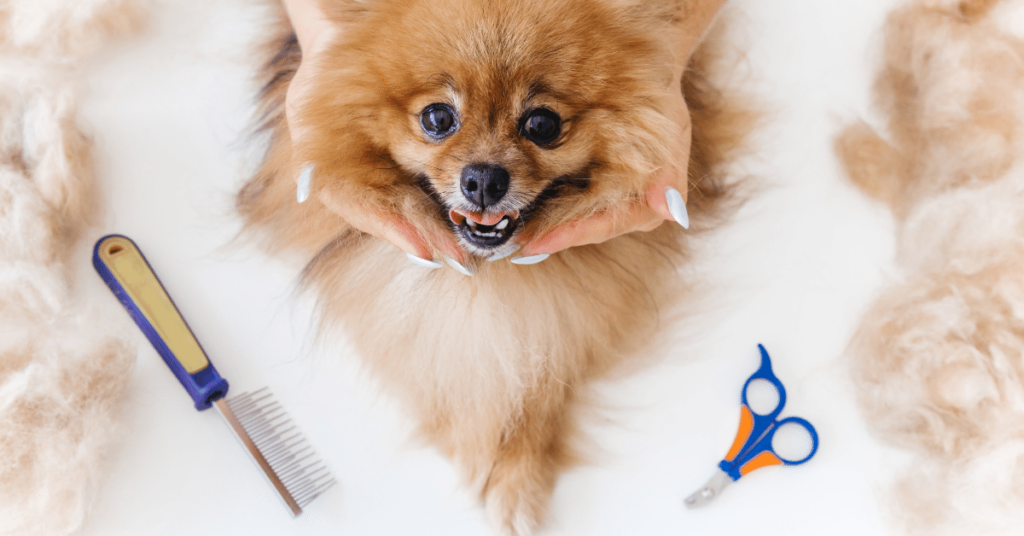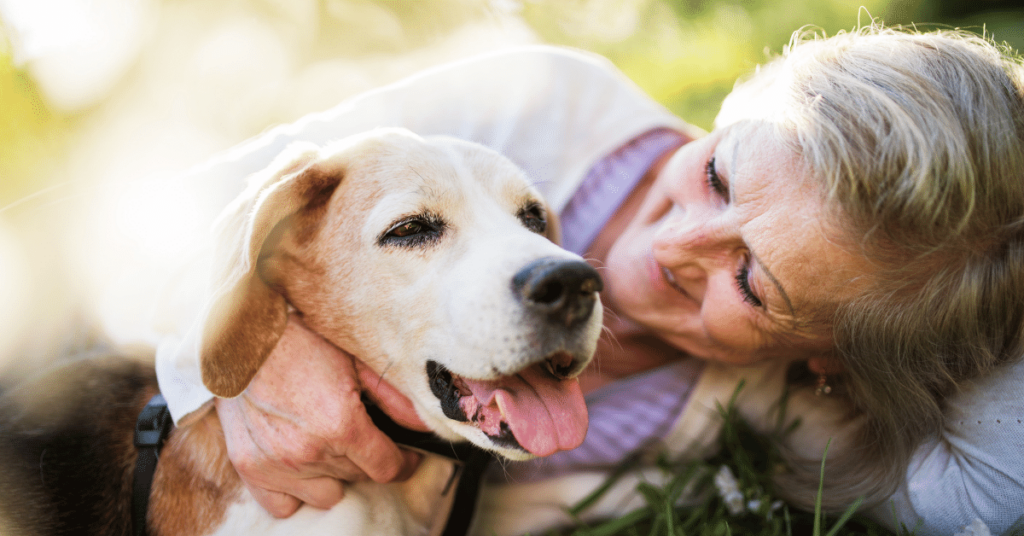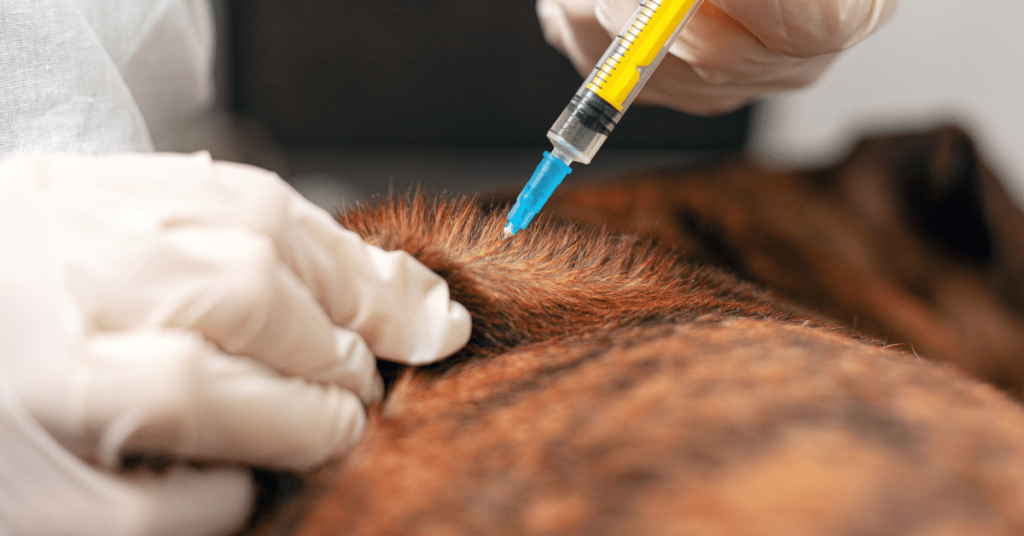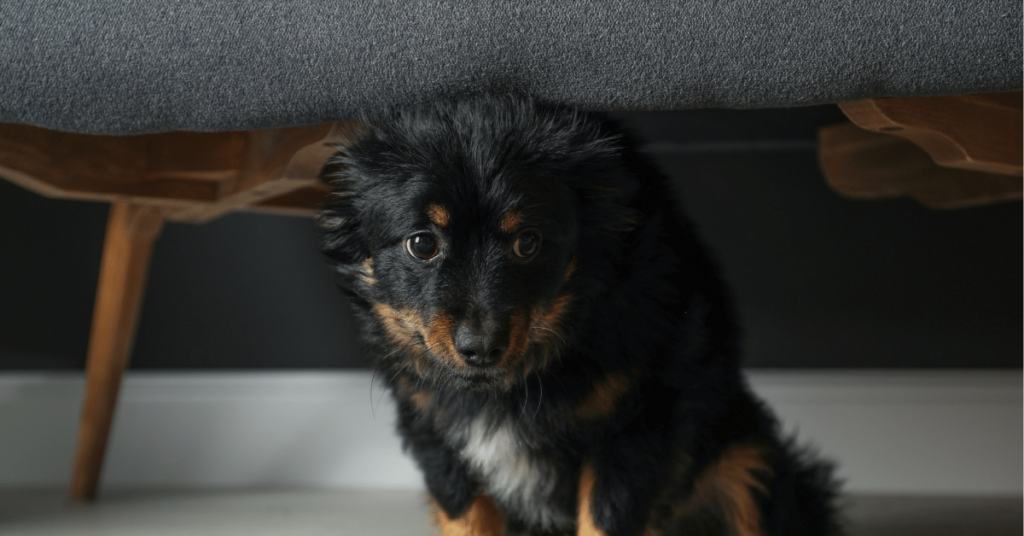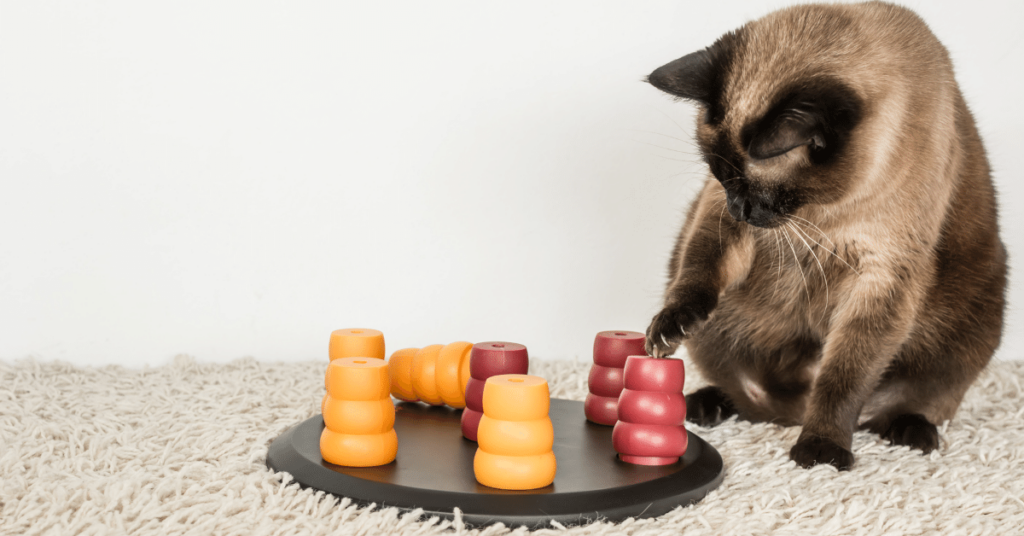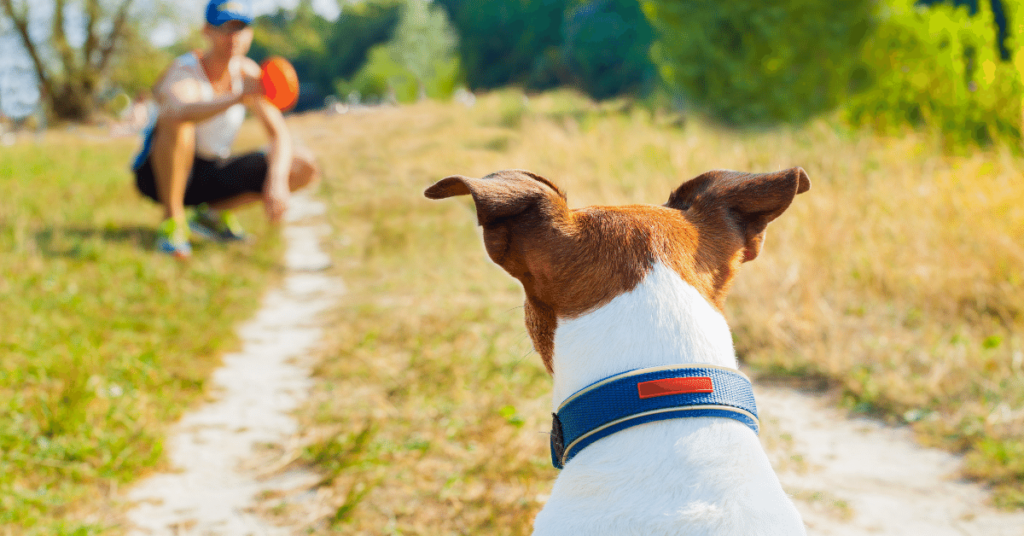Introduction
Having a pet is a rewarding experience, but it also comes with the responsibility of keeping them clean and well-groomed. Regular grooming not only enhances your pet’s appearance but also plays a crucial role in maintaining their overall health and well-being. In this article, we will dive into the basics of pet grooming and provide you with essential tips to ensure your furry friend stays healthy, fresh, and comfortable.
The Importance of Pet Grooming
Grooming is not just about making your pet look cute and adorable; it serves several vital purposes. Regular grooming sessions help detect any underlying health issues, such as skin problems, parasites, or infections. It also keeps your pet’s fur in good condition by removing loose hair, preventing matting, and improving air circulation to their skin, thus reducing the chance of skin irritations. Grooming also plays a significant role in early detection of lumps, bumps, or any abnormal changes in your pet’s body, allowing you to seek veterinary attention promptly.
Basic Grooming Supplies
Before we jump into the grooming process, it’s essential to gather all the necessary supplies. Here are some basic grooming tools you’ll need to keep on hand:
Brush: Invest in a high-quality brush suitable for your pet’s coat type. Different breeds may require different brush types, such as slicker brushes, bristle brushes, or deshedding tools.
Comb: A comb with fine teeth is excellent for removing small tangles and ensuring all loose hair is removed.
Shampoo: Choose a pet-specific shampoo that’s appropriate for your pet’s skin type and free of harsh chemicals. Avoid using human shampoos, as they can be too harsh for your pet’s skin.
Towels: Keep a few towels specifically for drying your pet after a bath or in case of accidental messes.
Nail Clippers: Invest in a good pair of pet nail clippers, ensuring you trim their nails regularly to prevent discomfort or injury.
Ear Cleaning Solution: Opt for a gentle ear cleaning solution that helps remove dirt and wax buildup.Toothbrush and Toothpaste: Dental hygiene is crucial for your pet’s overall health. Use a pet-specific toothpaste and a toothbrush designed for pets.
Bathing Your Pet
While some pets may require more frequent baths than others, a general rule of thumb is to bathe your pet every 4-8 weeks. Follow these steps for a successful bathing session:
- Prepare the Bathroom: Ensure the bathroom is warm and draft-free. Place a non-slip mat in the bathtub or shower to prevent accidents.
- Brush Your Pet: Before bathing, give your pet a good brush to remove any loose hair and tangles. This will prevent matting and make the bathing process more effective.
- Wet Your Pet: Use lukewarm water to wet your pet thoroughly, starting from their neck and working your way down.
- Apply Shampoo: Follow the instructions on the shampoo bottle and lather your pet’s coat gently, avoiding the eyes and ears. Make sure to reach all the way to their skin to remove dirt and oils.
- Rinse Thoroughly: Rinse off all the shampoo from your pet’s coat until the water runs clear. Leftover shampoo residue can cause skin irritation.
- Dry Your Pet: Towel-dry your pet as thoroughly as possible, removing excess water. If your pet tolerates it, you can also use a hairdryer on a low or cool setting. Be cautious and keep the dryer at a safe distance to prevent overheating or scaring the pet.
Brushing and Detangling
Regular brushing helps remove loose hair, prevents matting, and keeps your pet’s coat healthy and shiny. Here are some tips for successful brushing:
- Choose the Right Brush: Different coat types require different brushes. Long-haired pets may need slicker brushes or combs with wide teeth, while short-haired pets may do well with bristle brushes.
- Start Slow: Introduce your pet to the brushing process gradually, especially if they are not used to it. Use treats and positive reinforcement to make the experience more enjoyable.
- Brush with Gentle Strokes: Use gentle, slow strokes to brush your pet’s coat, ensuring you reach down to the skin. Pay attention to areas prone to tangles or matting, such as behind the ears and under the legs.
- Detangling Tips: If you encounter tangles or mats, try using a detangling spray or consult a professional groomer for assistance. Avoid pulling or tugging at the mats, as it may cause discomfort or pain to your pet.
Nail Trimming
Keeping your pet’s nails trimmed is essential for their comfort and overall well-being. Here’s how to do it safely:
- Choose the Right Clippers: There are various types of nail clippers available, such as guillotine-style clippers or scissor-style clippers. Find the one that you are most comfortable using.
- Locate the Quick: The quick is the pink area inside the nail that contains blood vessels and nerves. Avoid cutting into the quick, as it may cause pain and bleeding. If your pet has clear nails, it is easier to spot the quick. For pets with dark nails, trim small amounts at a time.
- Take Small Steps: Trim a small portion of the nail at a time, gradually getting closer to the desired length. Reward your pet with treats and praise for their cooperation.
- Be Prepared for Accidents: Accidental cuts may happen, causing bleeding. Keep styptic powder or cornstarch on hand to stop the bleeding if necessary. If bleeding persists, consult your veterinarian.
Ears, Eyes, Teeth, and Anal Glands
In addition to coat and nail care, don’t overlook other crucial areas of grooming:
- Ears: Regularly inspect your pet’s ears for redness, discharge, or odor. Use a veterinarian-approved ear cleaning solution and cotton balls to gently clean the visible parts of the ears. Do not insert anything into the ear canal.
- Eyes: Keep your pet’s eyes clean by wiping away any discharge with a damp cotton ball. If you notice excessive tearing, redness, or discharge, consult your veterinarian.
- Teeth: Brushing your pet’s teeth is essential to maintain good oral hygiene. Use a pet-specific toothbrush and toothpaste to prevent dental diseases and keep their breath fresh.
- Anal Glands: Some pets require regular expression of their anal glands to prevent discomfort and potential infection. Consult a professional groomer or veterinarian for guidance on how to express anal glands safely.
Summary
Regular grooming is an integral part of pet care that ensures your furry companion remains clean, healthy, and happy. From bathing and brushing to nail trimming and basic hygiene, following these grooming tips will help you maintain your pet’s overall well-being. Remember to proceed with patience, reward your pet’s good behavior, and seek professional help when needed. Together, we can keep our pets looking and feeling their best!

